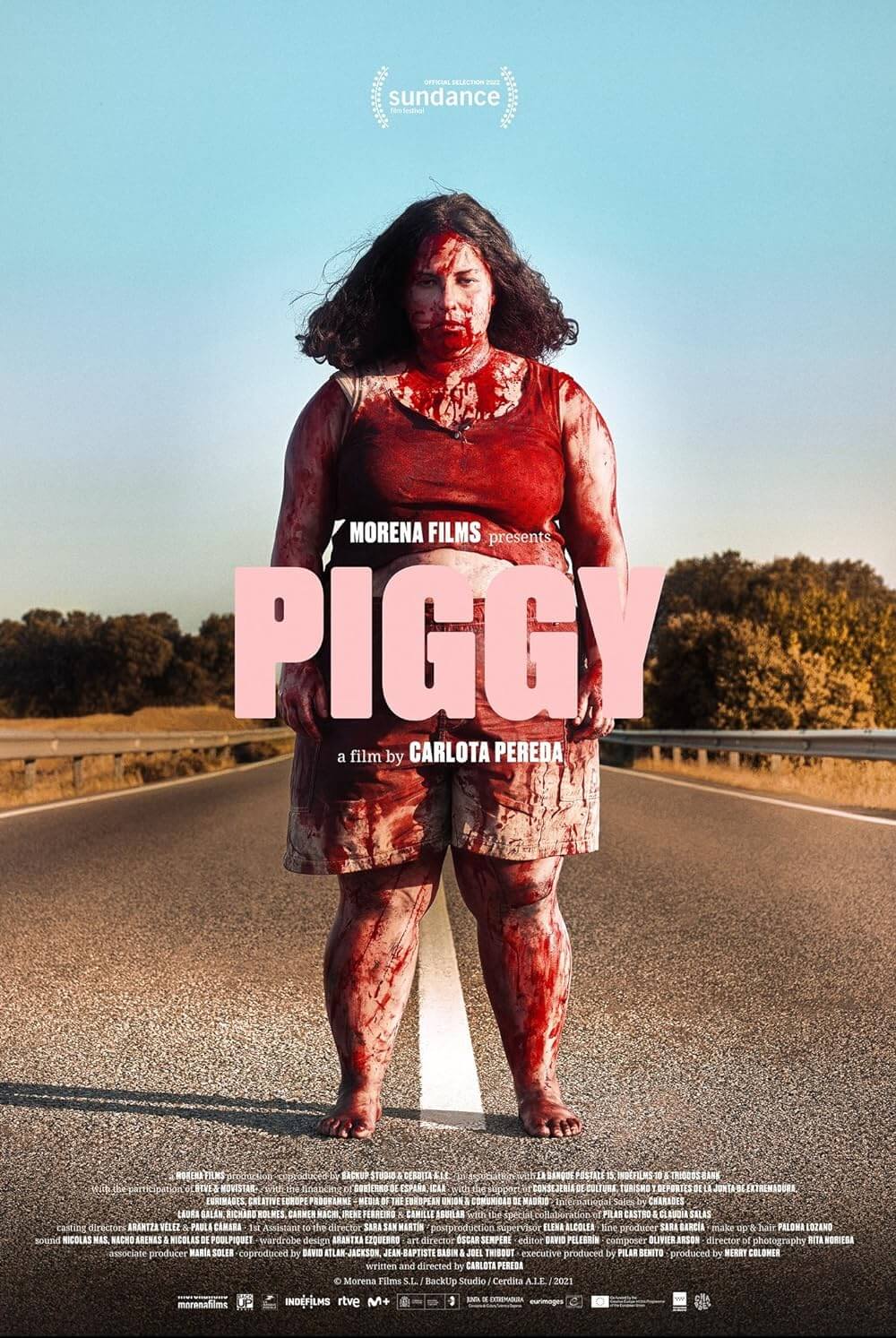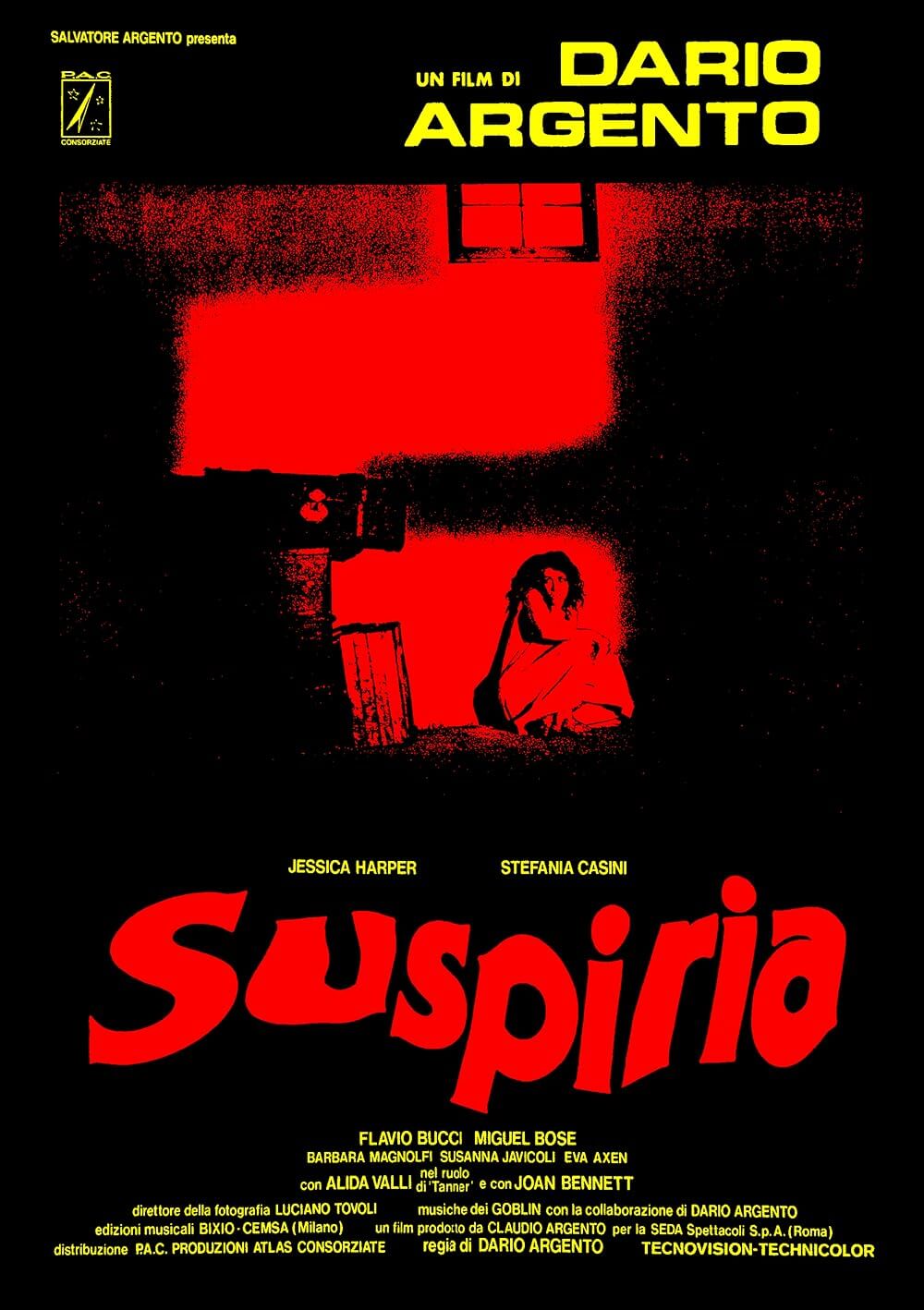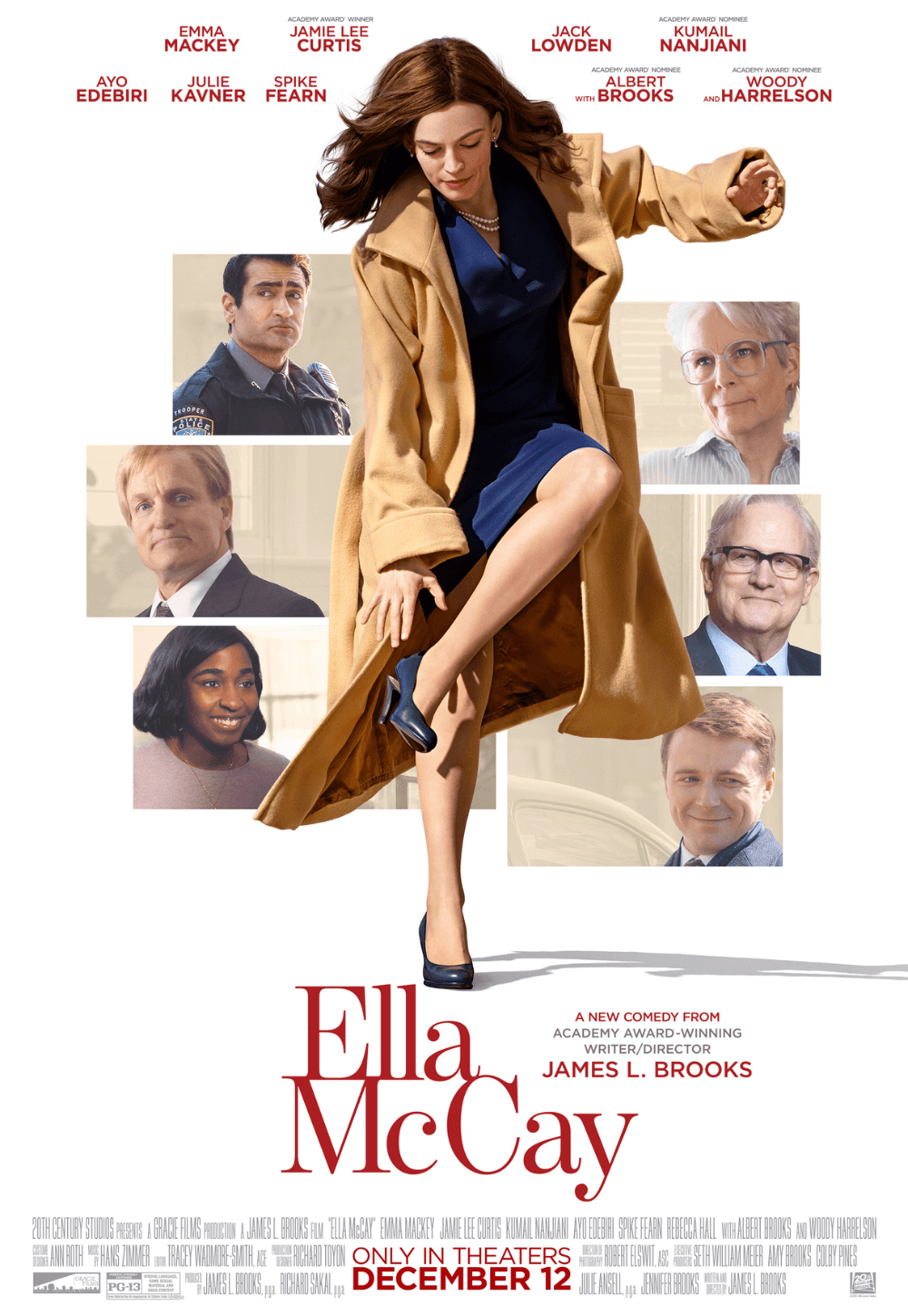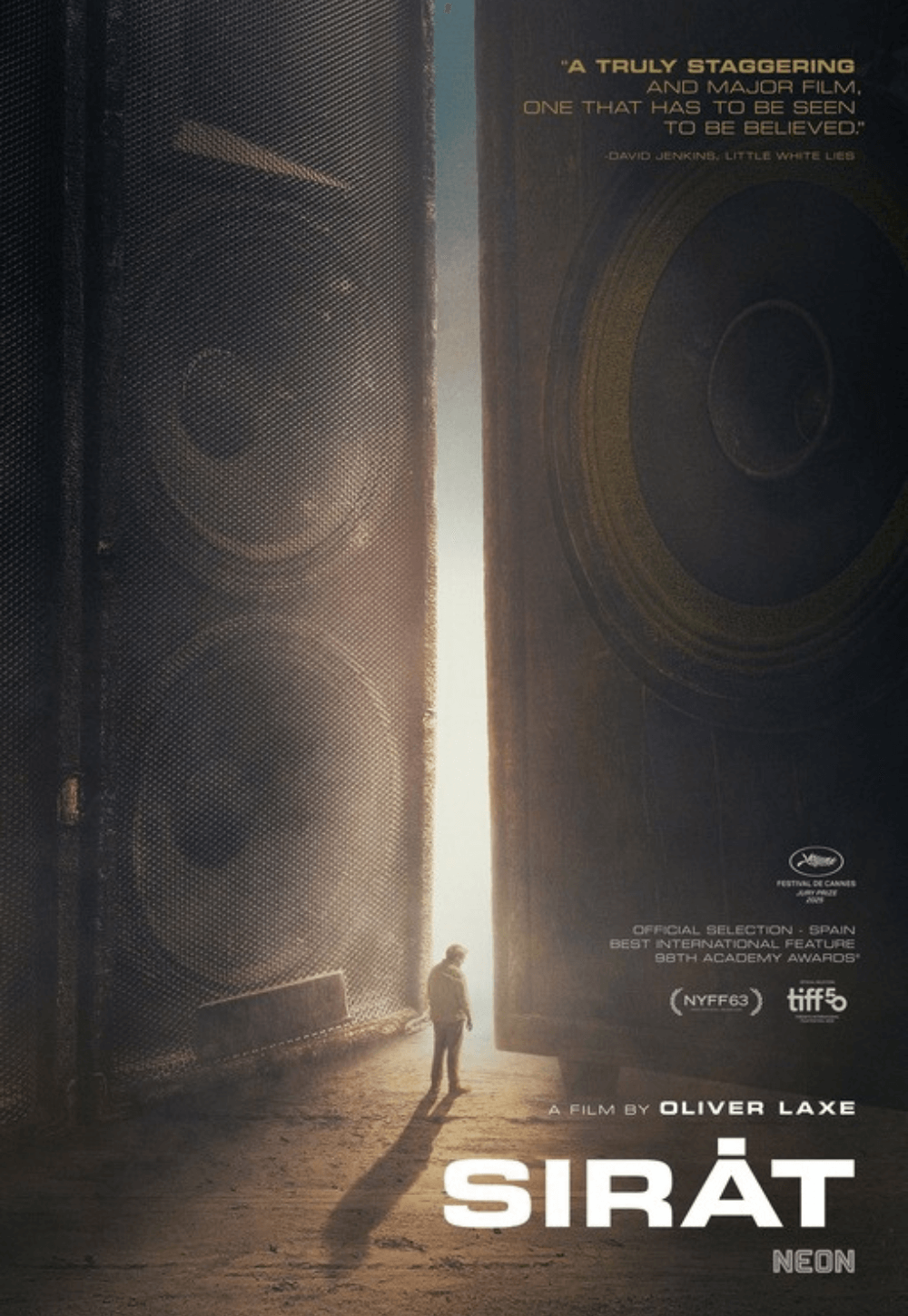Reader's Choice
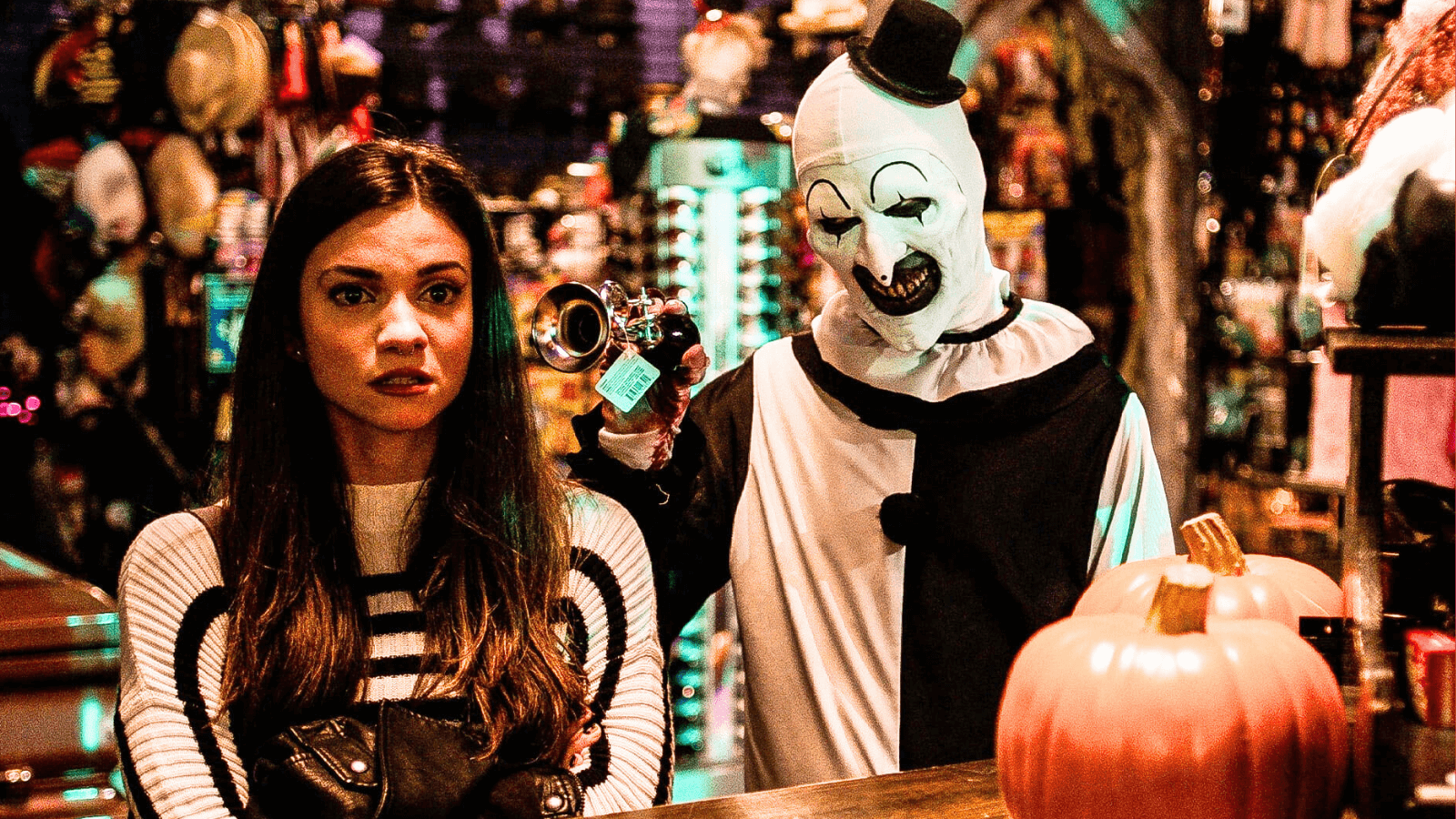
Terrifier 2
By Brian Eggert |
The scariest thing about Terrifier 2 is that the viewer doesn’t feel in control. Most slasher movies follow a series of narrative tropes that, by the end, ultimately restore order to the universe. Viewers can watch with an awareness of the tropes—the rules of the game, reinforced by decades of genre fare. We enter into a contract with the filmmakers that they will deliver the experience as expected. We know that whatever mayhem might ensue, the masked killer will eventually be stopped, leaving at least one survivor, usually a woman. But writer-director Damien Leone’s sequel unfolds in a dreamscape where anything can happen; Leone shakes our trust in the model. The movie’s tormentor, Art the Clown, a sadistic force who’s played by David Howard Thornton and dresses like a demonic court jester, pantomimes his way through a series of horrific killings, never making a sound. Armed with a bag of rusty tools and weapons, he peels the skin off his victims, blows off their faces with a shotgun, yanks off body parts, and literally rubs salt in their wounds. In the opening of Terrifier 2, he also returns from the dead, conjured by some unknown force to continue his reign of terror. Leone’s sequel doesn’t feel like it’s playing by the rules, and that’s frightening.
Terrifier 2 isn’t your standard 90-minute slasher. The movie luxuriates in its seediness, extending its runtime to a whopping two hours and 18 minutes, wherein the narrative adopts a fantastical quality. If Terrifier (2016) felt like a throwback to the most exploitative bent of 1980s slasher movies, then the sequel adopts a mythology worthy of Freddy Krueger by way of David Lynch. Consider the realm that seems to exist in the mind of Sienna Shaw (Lauren LaVera), the teen heroine of the sequel. Dubbed the Clown Cafe, this children’s television show nightmare world features mostly adults dressed like happy children, hanging on a playground stage, listening to a clown-faced woman playing the theme song on a ukulele—a song so insidiously catchy and repetitive that it implants itself in your mind long afterward. Then, Art shows up and slaughters the bunch of them, except for Sienna, who has a strange connection to the killer clown. Sequences like this one, accented by Rostislav Vaynshtok and Paul Wiley’s synth score that sounds like Tangerine Dream, build on the notion that there’s more going on here than a simple psycho who delights in tormenting his victims and shredding them to bits.
That’s progress. With the original, Leone delivered a straightforward gorefest that didn’t test the limits of reality. Terrifier 2 finds the filmmaker using a larger budget of $250,000 (the original cost about one-fifth of that) to carry out a script with more on its mind than just an elaborate splatterfest. In an effort to correct the mistakes of the first movie, Leone develops a compelling lead with Sienna and other characters who have stronger personalities, such as Sienna’s little brother, Jonathan (Elliott Fullam). The junior-high-age Jonathan has a mild obsession with the perpetrator of the Miles County Massacre, which occurred a year earlier. He even intends to dress up as Art the Clown for Halloween. Their mother, Barbara (Sarah Voigt), ever beleaguered and frustrated with her children, must contend with them behaving strangely. The siblings have been seeing Art in their dreams; sometimes, in waking dreams. Jonathan gets blamed for mutilating an opossum at school, but he saw what no one else can—that Art is the culprit. Hell, even Art has been seeing things in his dreams: a demented clown girl (Amelie McLain) who becomes his accomplice.
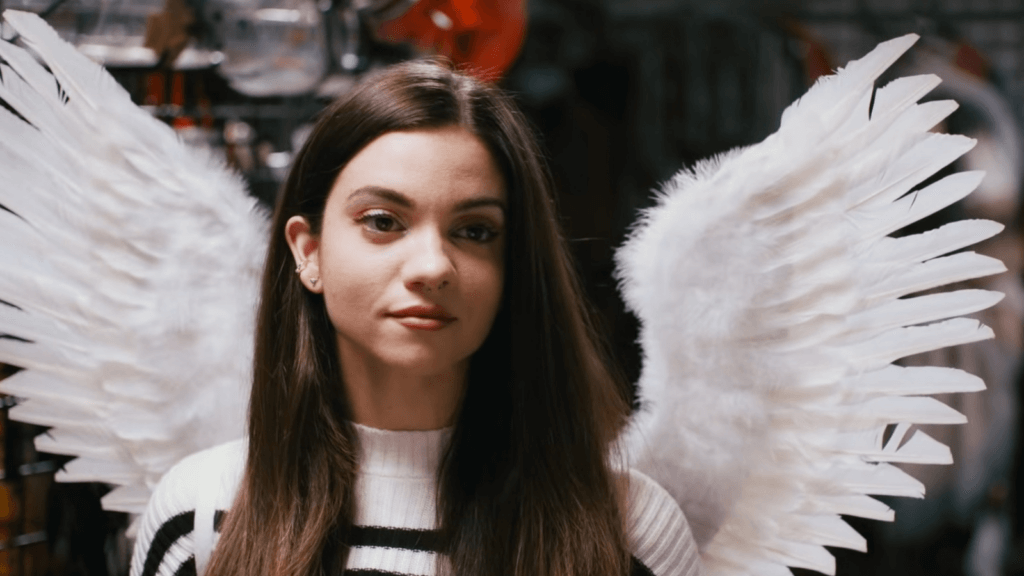
Leone implants heavy symbolism into the proceedings, linking the imagery to Sienna and Jonathan’s late father—who had a brain tumor and, after drawing sketches of Art the Clown, killed himself. Their mad prophet father also drew pictures of Sienna as a valkyrie-like hero, which she has fulfilled by building herself a Halloween costume from scratch. There’s no telling where he acquired the mysterious sword he bequeathed her, which, of course, is fated to slay Art. Along with themes of rebirth, both for Sienna and Art (watch the end credits sequence), Leone instills his lowbrow chiller with mythological underpinnings. He pits personifications of good and evil against each other, drawing on timeless imagery of light and dark, benevolence and malevolence, nobility and corruption, virtuousness and wickedness. These elements give Terrifier 2 a sense that there’s more going on than mere gore-for-gore’s-sake, unlike the original.
Even so, the movie’s raison d’être remains limited to supplying slaughterhouse thrills; the mythological aspects simply make us feel a little better about watching it. Leone and his producing partner Phil Falcone once again deliver some astoundingly, impressively gross practical effects. One sequence finds Art torturing Sienna’s classmate Allie (Casey Hartnett), scalping, skinning, and dismembering her until she looks like hamburger meat. When Allie’s mother walks in on the scene, Art slaps his knee and pantomimes a laugh. Another sequence has Art shoving mashed potatoes down the hole where someone’s head used to be. Perhaps as a corrective measure to his Terrifier critics, who labeled Leone a misogynist for a notorious hacksaw scene that started on a woman’s vagina, the director includes some male genital mutilation in Terrifier 2 to balance the gender scales. Around the time Art the Clown settles in his new digs, an empty carnival funhouse, the sort of place the Joker might set up his headquarters, it’s evident that Leone’s cheeky, morbid sense of humor has winking logic.

Leone has a fanatical drive to see how far he can take it, resulting in a film that, for a certain type of horror enthusiast, will feel like an epic on par with Lawrence of Arabia (1962). Joined by much of the same crew from the original, Leone demonstrates that he’s grown as a filmmaker. He manages to create one unbelievably nasty sequence after another while maintaining our interest in the story. That’s a testament to the superior writing in the sequel, mostly where Sienna and Jonathan are concerned. If the sequel tends to dwell on horrific moments for too long—a flagellation sequence tested my patience—the characters’ fates remain involving, mostly because the acting feels richer than in the first. LaVera, also a stuntperson and martial artist, is a particularly good find. After her run in the Terrifier series, she’s bound for stardom. All the while, the fucked-up dream scenarios of the sequel prove a constant source of humor and disorientation, even if the symbolism throughout proves heavy-handed. More entertaining are the smaller details, such as a boy who munches on a cereal called Art Crispies, filled with bugs and razor blades.
The same impulse that compels Art to go too far inspires Leone to extend his movie over two hours, push the limits of his practical effects, and indulge his cultish fans. Terrifier 2 proved a surprising hit when Cinedigm released the film in 2022; it earned over $15 million on its shoestring budget. While its performance promised another sequel, it also confirmed that Leone’s audience was growing (the original made about half a million). At the same time, Leone cleverly gives audiences what they want, a fun experience that, even as the story is stronger than the first, remains somewhat detached from the narrative. The viewer watches in two modes: half invested in the proceedings and half removed and impressed by what Leone accomplishes on a level of sheer grotesque extremes. While it’s blatantly obvious that the writer-director conceives his characters as an excuse to unleash Art the Clown on another series of strung-together slayings, each more vile than the last, it somehow works. Leone doesn’t disguise what he’s trying to accomplish, and he executes on that promise. The question you have to ask is, “Is this sort of thing for me?” It’s not for everyone. But if it sounds appealing instead of repulsive, you might be in for an unforgettable experience.
(Note: This review was originally suggested and posted to Patreon on October 8, 2024.)

Thank You for Supporting Independent Film Criticism
Thank you for visiting Deep Focus Review. If the work on DFR has added something meaningful to your movie watching—whether it’s context, insight, or an introduction to a new movie—please consider supporting it. Your contribution helps keep this site running independently.
There are many ways to help: a one-time donation, joining DFR’s Patreon for access to exclusive writing, or showing your support in other ways. However you choose to support the site, please know that it’s appreciated.
Thank you for reading, and for making this work possible.
Brian Eggert | Critic, Founder
Deep Focus Review


